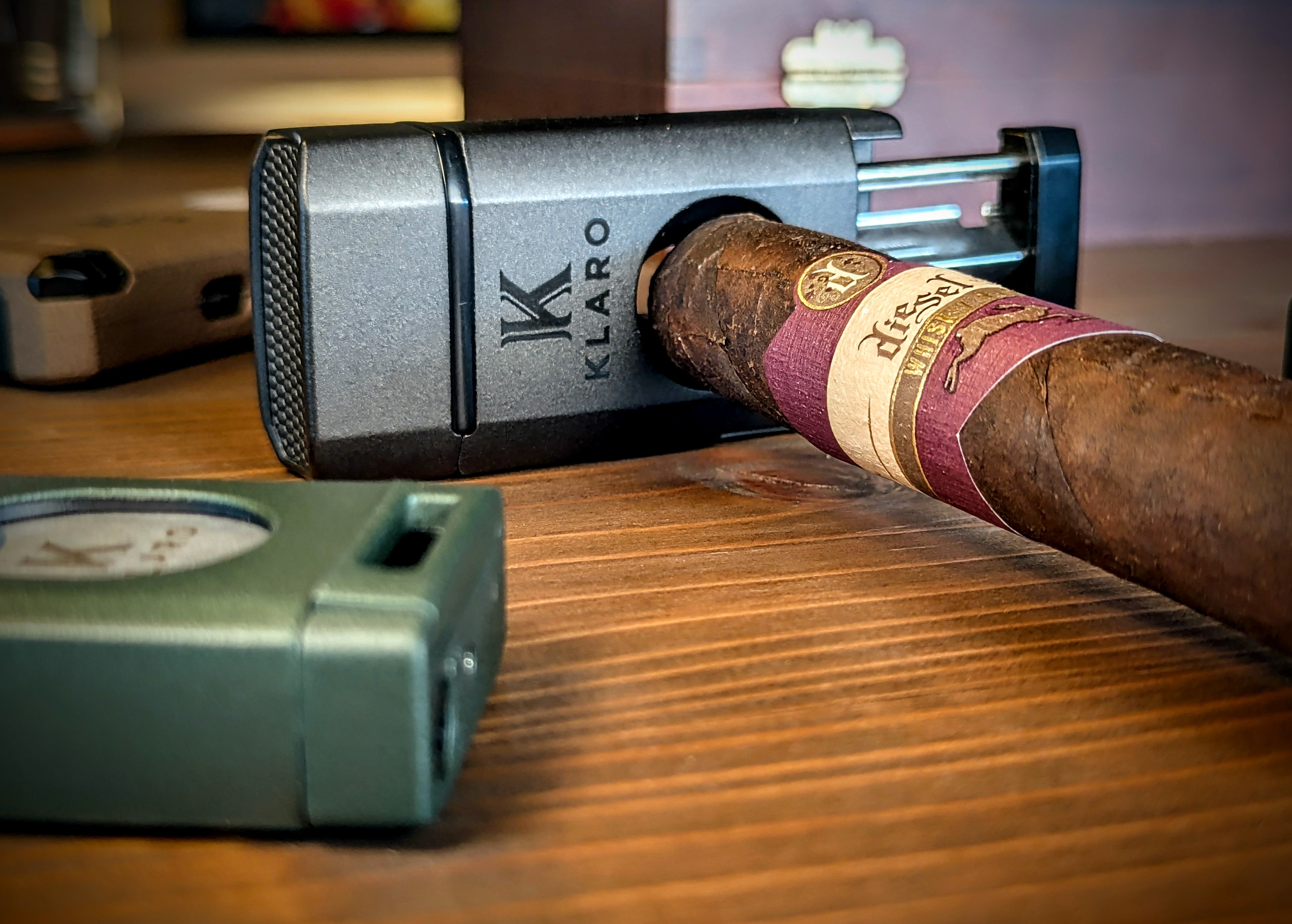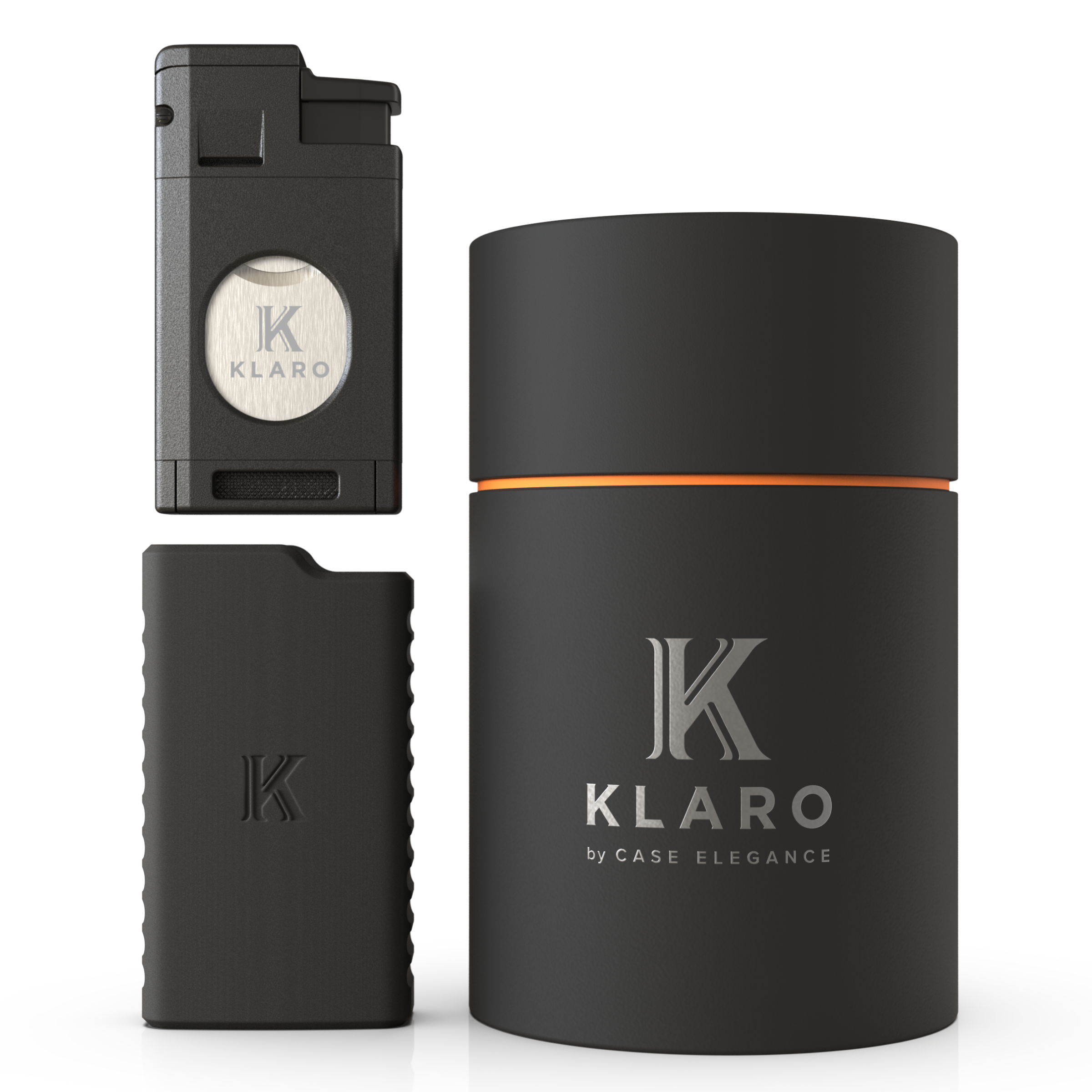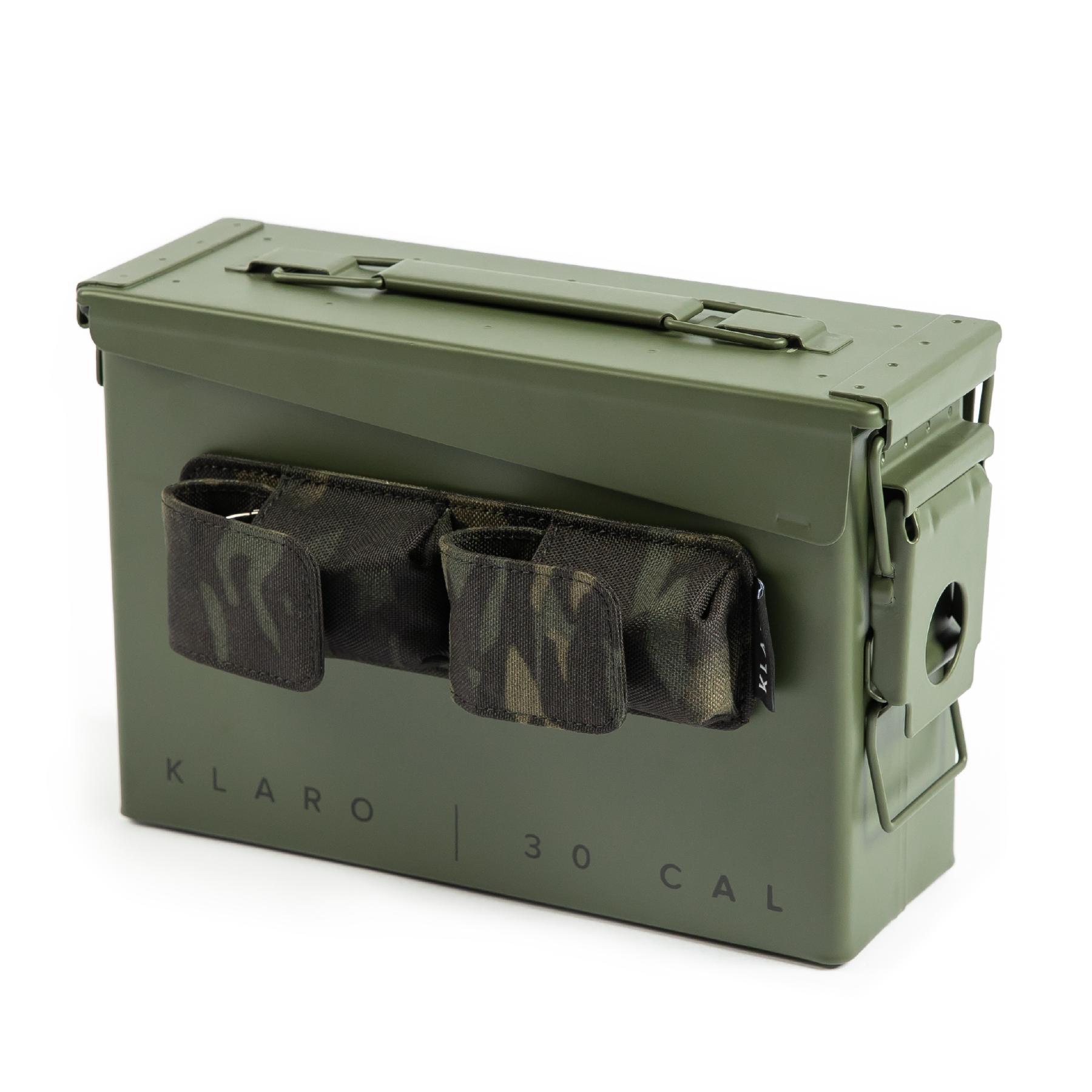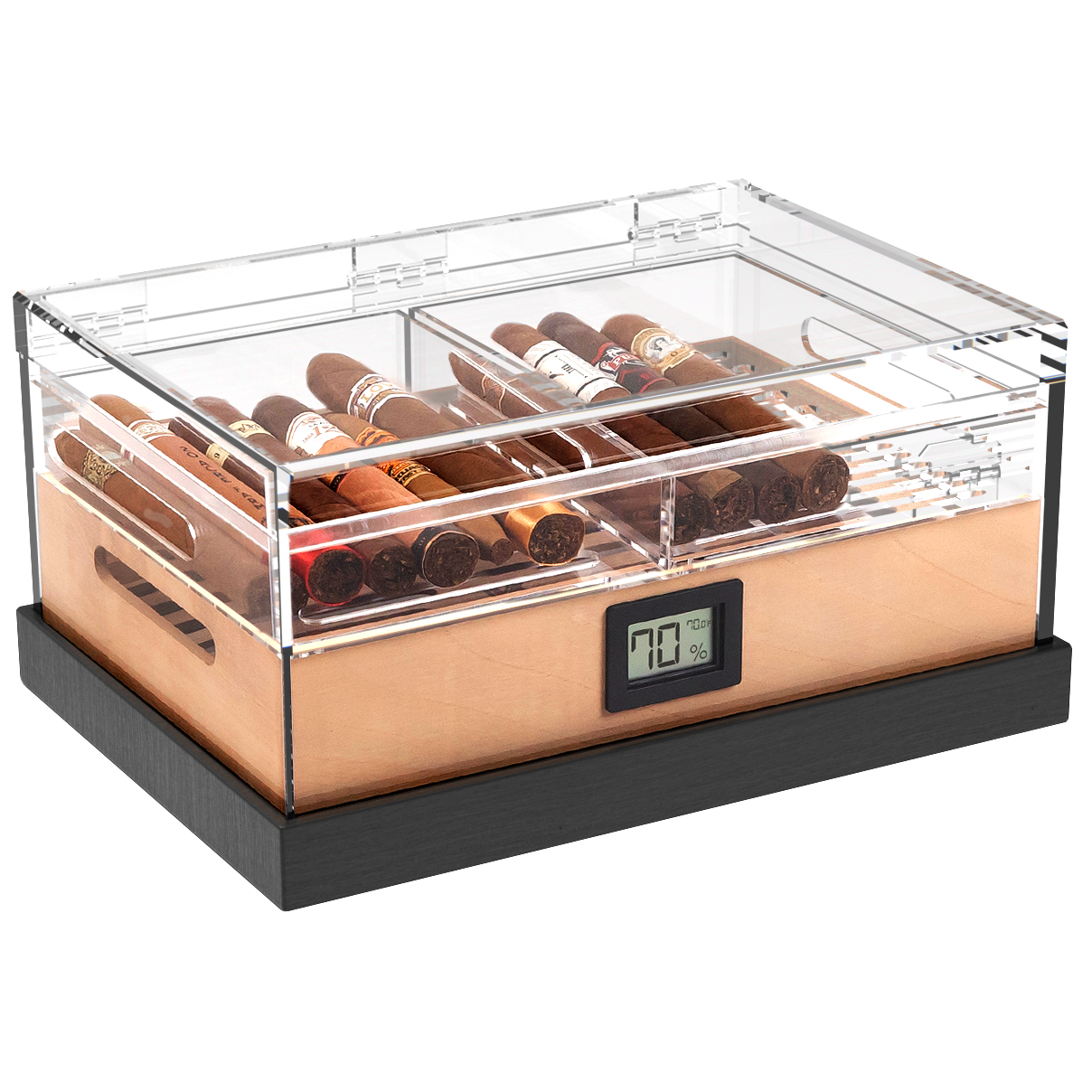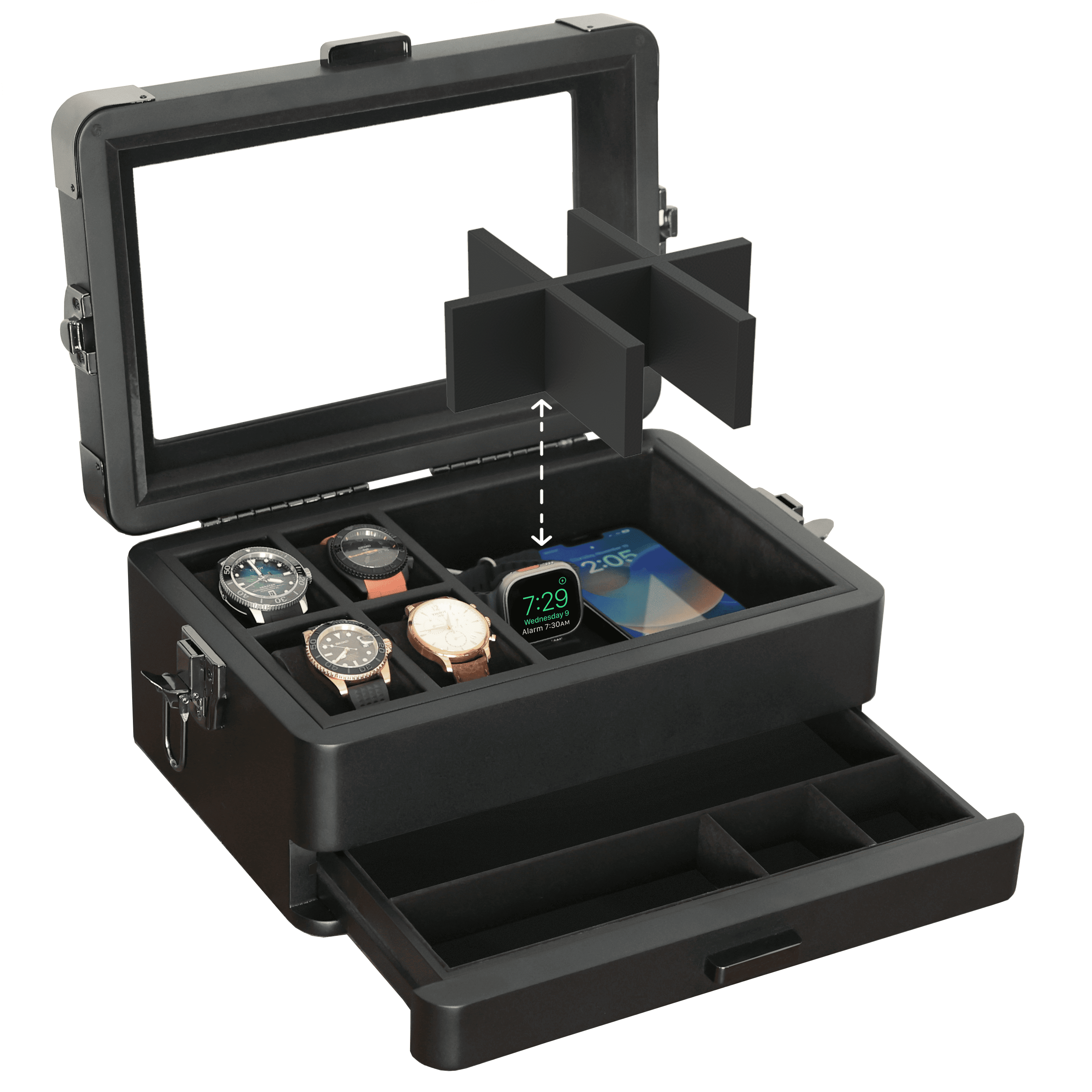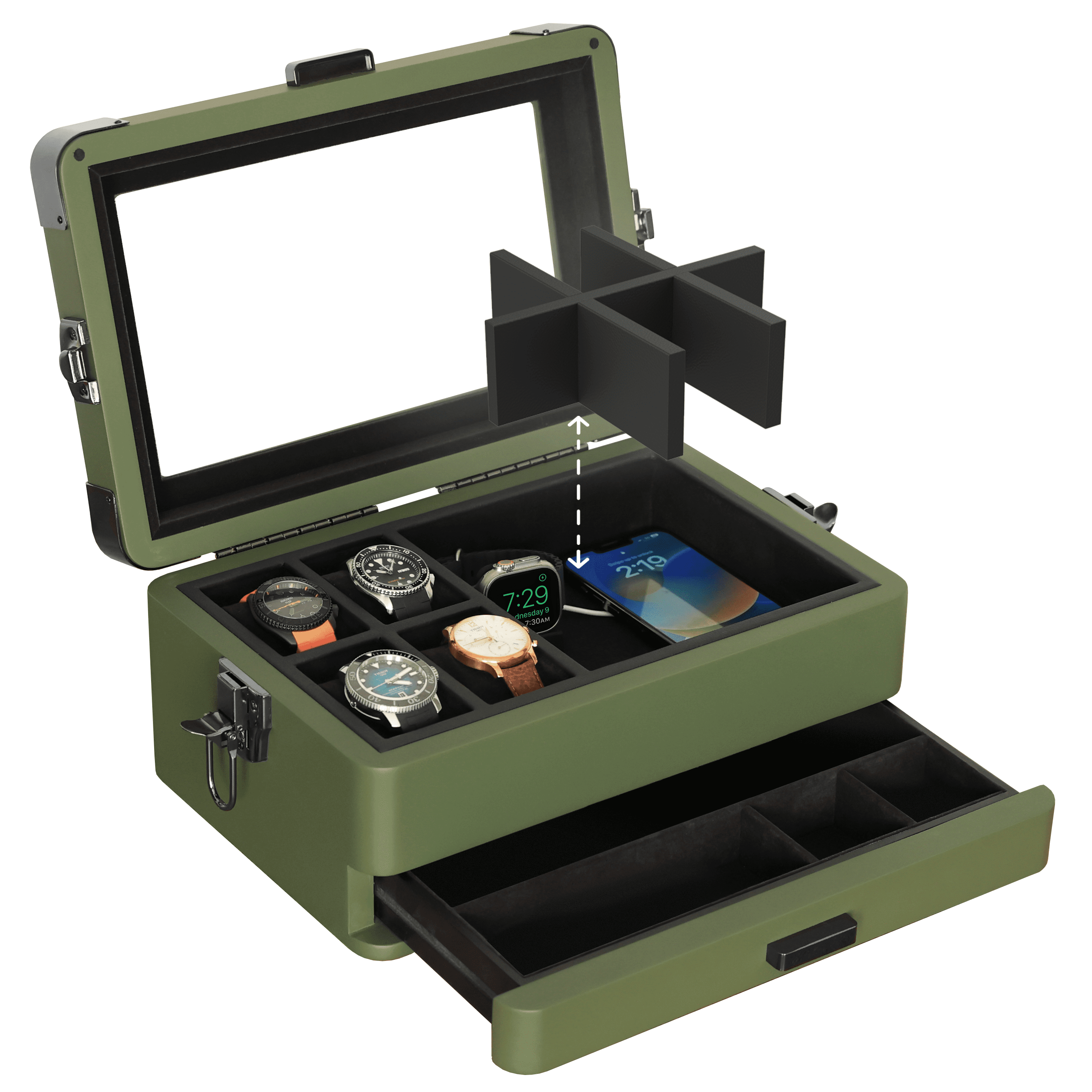Whoever said variety was the spice of life probably had a wide array of cigars stowed in their humidor somewhere. From Connecticut, Corojo, and Criollo, to Dominican, Honduran, Nicaraguan, and American, the types of cigars available to us are more expansive than ever.
Purtroppo, ci sono solo tante ore di fumo in una settimana. Così infiliamo i nostri sigari in un scatola humidor adeguatamente stagionata, creating a cache for a later date. Since the majority of people rely upon a single style of humidor box for cigar storage, yet prefer to smoke a range of tobacco strains, the contents of these humidified containers tend to be a bit of a smorgasbord.
This is due in part to the advent of services like abbonamenti sigari boutique, which provide tobacco enthusiasts with a broad array of smoking options every month, all delivered directly to their doorstep. As these smokes stack up, a crucial question emerges: Does humidity and humidor storage style affect different styles of cigars in various ways? And if so, what can be done to guarantee that a cigar is ready to smoke at the drop of a match?
Fumi diversi per persone diverse

Anche se un ambiente adeguatamente umidificato e box humidor ben tenuto can keep a cigar in prime condition for months to years, not every stick sitting inside is constructed from the same sort of tobacco. Furthermore, certain types of tobacco do require additional care and may influence how you store and smoke your cigars.
Furthermore, the portion of the plant that is harvested, the amount of direct sunlight it receives, soil quality, and even elevation can all affect the flavor, color, aroma, and texture of the tobacco leaf itself.
Proprio come il vino rosso, la birra artigianale, i cocktail e altri prodotti destinati al consumo da parte degli adulti, i sigari sono disponibili in schieramento sbalorditivo di colori, sapori, forme, stili e miscele della casa su misura.
For generations, various strains of tobacco have been cultivated, cured, fermented, and crafted into particular cigar styles, all in the hopes of providing the consumer with an enjoyable and memorable smoking experience.
Despite there being a plethora of spin-off subcategories and brand-specific namesakes, all cigars can be categorized by either a "natural" O "maduro" descriptor. Natural wrappers run anywhere from a light shade of straw to a rich reddish hue, whereas maduros are always an opaque pigment.
Outside of the obvious variance in color and opacity, the profiles associated with these two primary types of cigar wrappers are quite different in how they taste, smell, feel, e also age. The latter of these points is of particular interest to us today, as the cigar aging and storing process does require a quantità accuratamente controllata di umidità dell'humidor.
But before we get into all of that jazz, let’s back up for a moment and revisit the trusty old cigar wrapper style guide. Despite there being a multitude of nationally labeled tobacco plants (Sì, Cameroon wrappers actually come from the country of Cameroon.), the following types of wrapper are the most recognizable.
- Doppio Claro wrappers (a.k.a. Candela) were exceedingly popular decades ago, but have since fallen out of favor with mainstream smokers. These cigars are typically of a light green chlorophyll colorUn side-effect of the leaf’s expedited drying process and heavily canopied growing climate.
- Claro wrappers are more khaki and are typically a shade-grown plant. Premature harvesting and air-drying make these wrappers exceedingly mild, and in many cases, exceedingly delicate.
- Colorado Claro sigari tend to have a reddish-brown wrapper. While they can be either grown in direct sunlight or beneath a canopy, the lengthier growth period required to further enhance their profile is mandatory. A richer, Colorado wrapper variant can also be found in circulation, which can be procured in either shade or sun-grown form. This style of leaf is left to mature on the plant for even longer than its Colorado Claro cousin.
- Maduro tobacco is the darkest of the lot and tends to be sweet, earthy, rich, and often coffee or chocolate-like, with strength levels reaching every centimeter of the spectrum. This type of wrapper undergoes heavy fermentation and/or heat treating, and is left to turn a dark brown color before being harvested from the tobacco plant.
- Oscuro is the big brother to maduro wrappers and is the sort of smoke that relies upon the final harvesting toward the top of the plant, where the most intense concentration of sun is captu. This is almost always followed by an insanely lengthy fermentation schedule, thus earning this type of jet-black smoke its popular nickname: "The Double Maduro."
Nota dei nerd del tabacco: Il termine Naturale is used loosely in the cigar world to describe most forms of cigar tobacco that sono non exposed to the heat and fermentation that maduro wrappers require. So if it doesn’t pack an "Oscuro" O "Maduro" surname in its descriptor somewhere, that cigar you are enjoying is "100% natural," regardless of how dark or light it may appear.
Scuro o chiaro: Quale sigaro gestisce meglio i cambiamenti di umidità?

Mentre tutti i i sigari richiedono un livello di umidità costante (65-72% tends to be the sweet spot), there are certain types of tobacco that handle fluctuations in atmospheric moisture better than others.
Oily, sun-grown wrappers with a thick, darker complexion, like a Maduro or even a Corojo, tend to be a bit more on the robust side, both in flavor and construction. In contrast, cigars sporting something like a Connecticut shade tobacco leaf as a wrapper often (but not always) offer a far more delicate smoking experience. And by that, we mean they are the most sensitive. While it is rare, lighter Natural wrappers are the most prone to splitting open after leaving the safe confines of a humidor.
Over the years, this has led to a debate as to whether or not humidity is directly to blame for the untimely demise of more delicately wrapped cigars. Although some may argue that it is due to the quality of the tobacco leaf itself, others lay blame on how a cigar is constructed. Another school of thought is that, unlike lighter-colored cigar wrappers, darker tobaccos like Maduros and Oscuros have been selectively bred a handle harsher environments.
That’s not to say that the honey-colored cigar in your humidor is going to self-destruct if the humidity outside isn’t just diritto. It also doesn't mean that your Double Maduro isn’t going to dry out underneath the Arizona sun, or expand and crack when hit with too much humidity.
All cigars and cigar humidors react to the environment around them. But even in cigar form, different types of tobacco tolerate a lack of humidity and intense heat better than others. This explains why it is so important to keep a close eye on that humidity level, and why products like digital smart hygrometers for humidors are considered mandatory cigar gear nowadays.
Nota dei nerd del tabacco: While medium and full-bodied variants do exist, many Maduro cigars retain velvety, roasted undertones that are quite smooth. However, due to their opaque appearance, many Maduros often end up being labeled as "super strong" by inexperienced cigar smokers. Similarly, inaccurate strength assessments tend to land products like Irish Stout in the same sort of unfavorable light.
Sbuffi di separazione

Regardless of whether you enjoy a Claro with your morning coffee or prefer to puff on an Oscuro with your oyster stout, knowing the body, strength, and flavor of a cigar is vital. Knowing that diversi tipi di sigari richiedono un po' più di cura nel reparto umidità e manipolazione è altrettanto importante.
As for cigar wrapper leaves, they not only provide an appealing outer shell for the filler and binder of a cigar, but they also impart the majority of the flavor and aroma perceived. This causes this type of tobacco leaf to be the priciest component within the cigar itself, which is why maintaining an ideal level of humidor humidity and studiare la conoscenza fondamentale dell'humidor per sigari is a core pillar in the cigar-collecting venture.
It is also worth noting that a massive amount of the tobacco intended for use in cigar wrappers doesn’t make the cut. Uneven coloring and spotting due to entirely too much or too little sun exposure, damage during harvesting and/or hand-rolling, and fermentation flukes can all cause a cigar wrapper to end up in the tobacco scrap bin or be relabeled as filler or binder g
If that doesn’t put things into perspective, maybe a split cigar wrapper or an uneven burn will emphasize the importance of keeping the right amount of humidor humidity on hand at all times. Fortunately, a well-maintained Klaro humidor should negate these issues.




